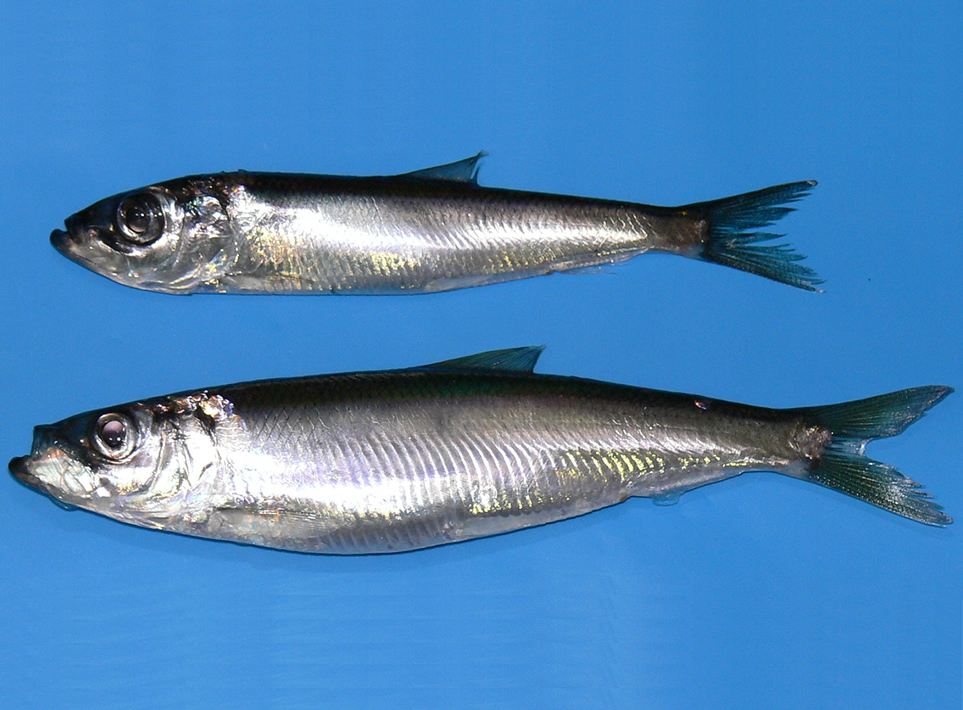In response to signals coming to the NMFRI from fisheries communities concerning the observed deteriorating technological state of herring, we present below current scientific data on this issue.
The last increase in Fulton’s condition factor (K) for herring was observed in 2014. In the last two years (2015-2016) a decrease in the mean weight for age groups 2-6 (spawning – exploitation stock) of herring spring-spawning population of the southern Baltic coast was observed. In 2015, it was a decrease of 10-30%, depending on the statistical sub-area (greater in the west of the Polish marine areas). A further decrease in the mean weight in 2016, compared with the previous year, was lower (below 10%). Fulton’s condition factor (K) in 2016 was below the long-term average (for 1995-2016), i.e. in sub-area 25 (Bornholm Basin) – 0.611 (0.694 on average), in sub-area 26 (Gdansk Basin) – 0.677 (0.689 on average).
The general deterioration in the condition of herring during last two years has been undoubtedly affected by the increase in the share of catches of the spring-spawning herring of the northern Baltic coast, i.e. feeding immigrants to southern fishing grounds, including those located in the Polish economic zone. Especially in the second half of the year, their abundance in the above mentioned fishing grounds is increasing, and these fish are generally of low growth rate and poorer condition. In 2016, the share of this population exceeded 70% of the total Polish catch of herring for the first time. In recent years there has been an increase in the abundance of herring in the northern sea areas.
The cause of this phenomenon could also be found in the availability and quality of the food base of pelagic fish, which requires a deeper analysis of these parameters.
It is worth recalling that the issue of deterioration of the Baltic herring condition is not a new phenomenon. A serious deterioration in the condition of herring had been observed since the mid-1980s, which lasted nearly two decades.
An in-depth analysis of this matter will be included in the forthcoming issue of the “Fisheries News”.




